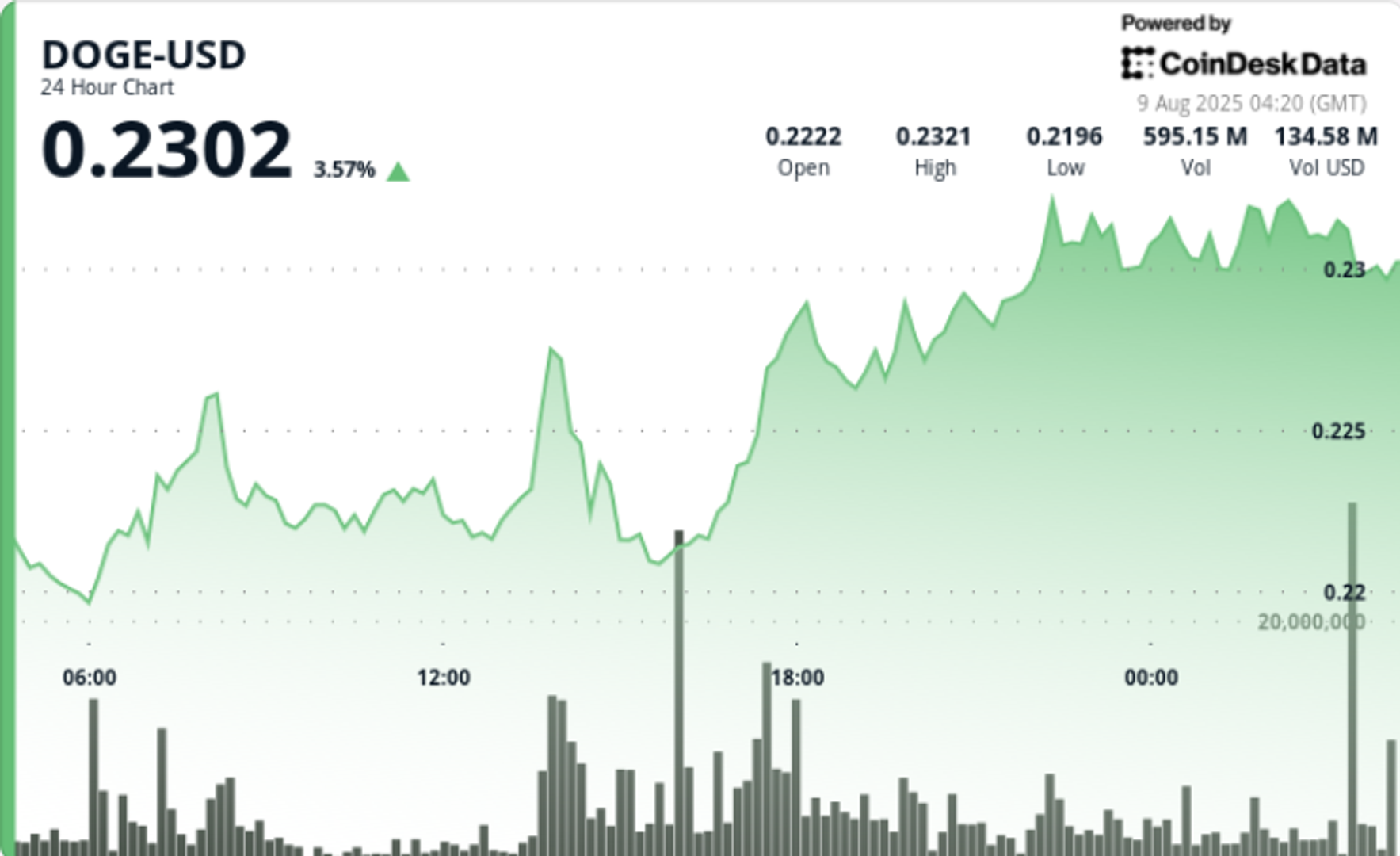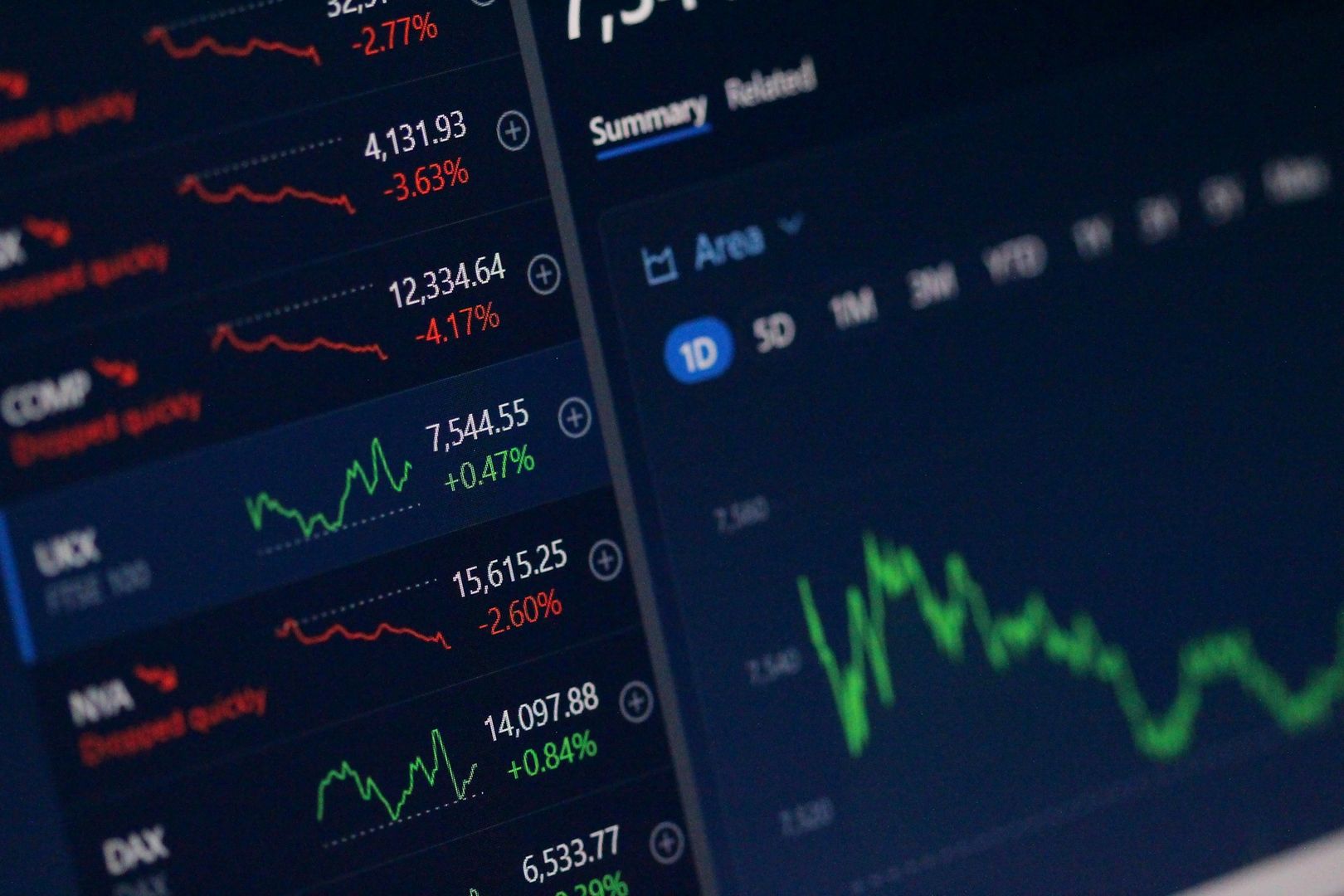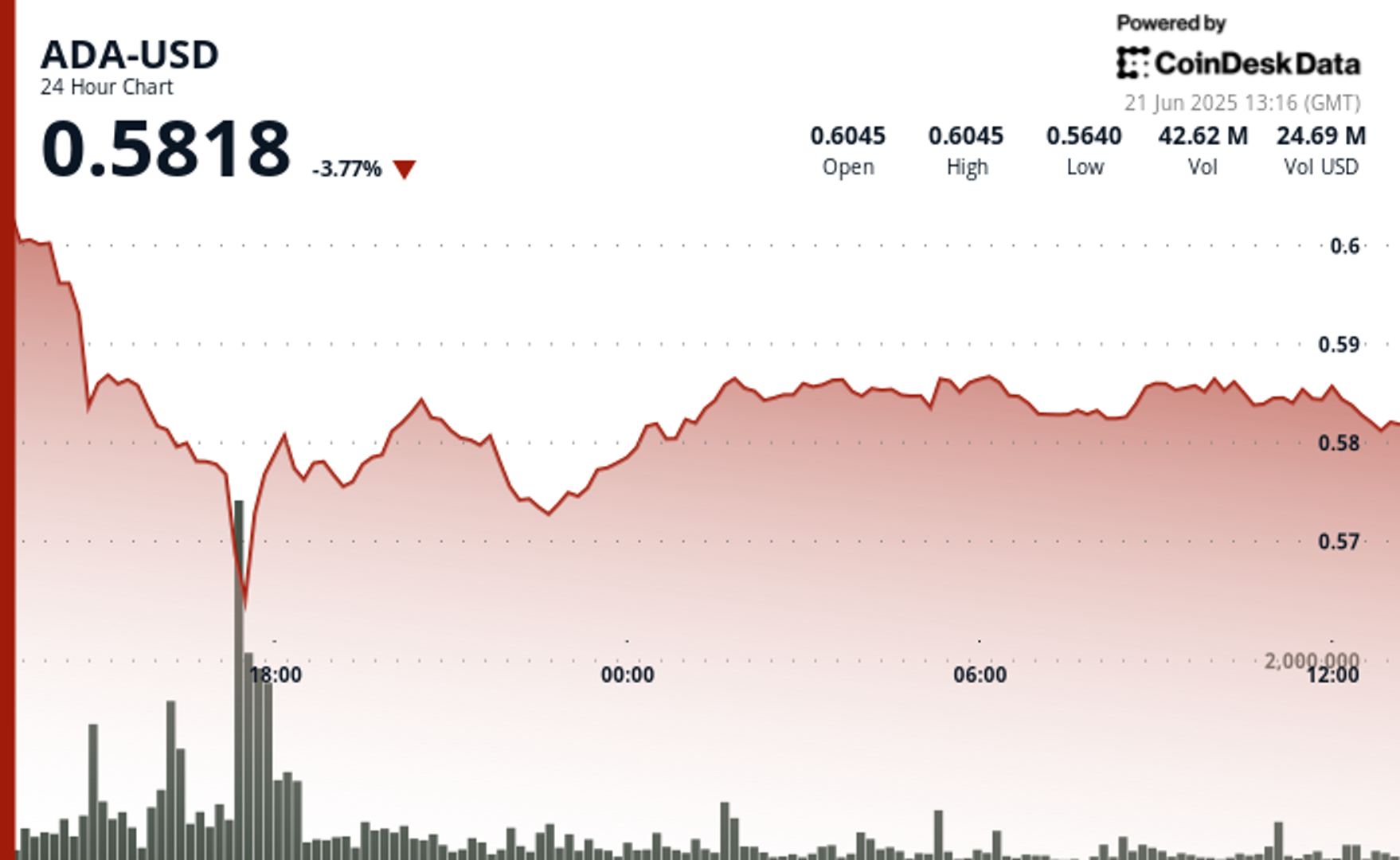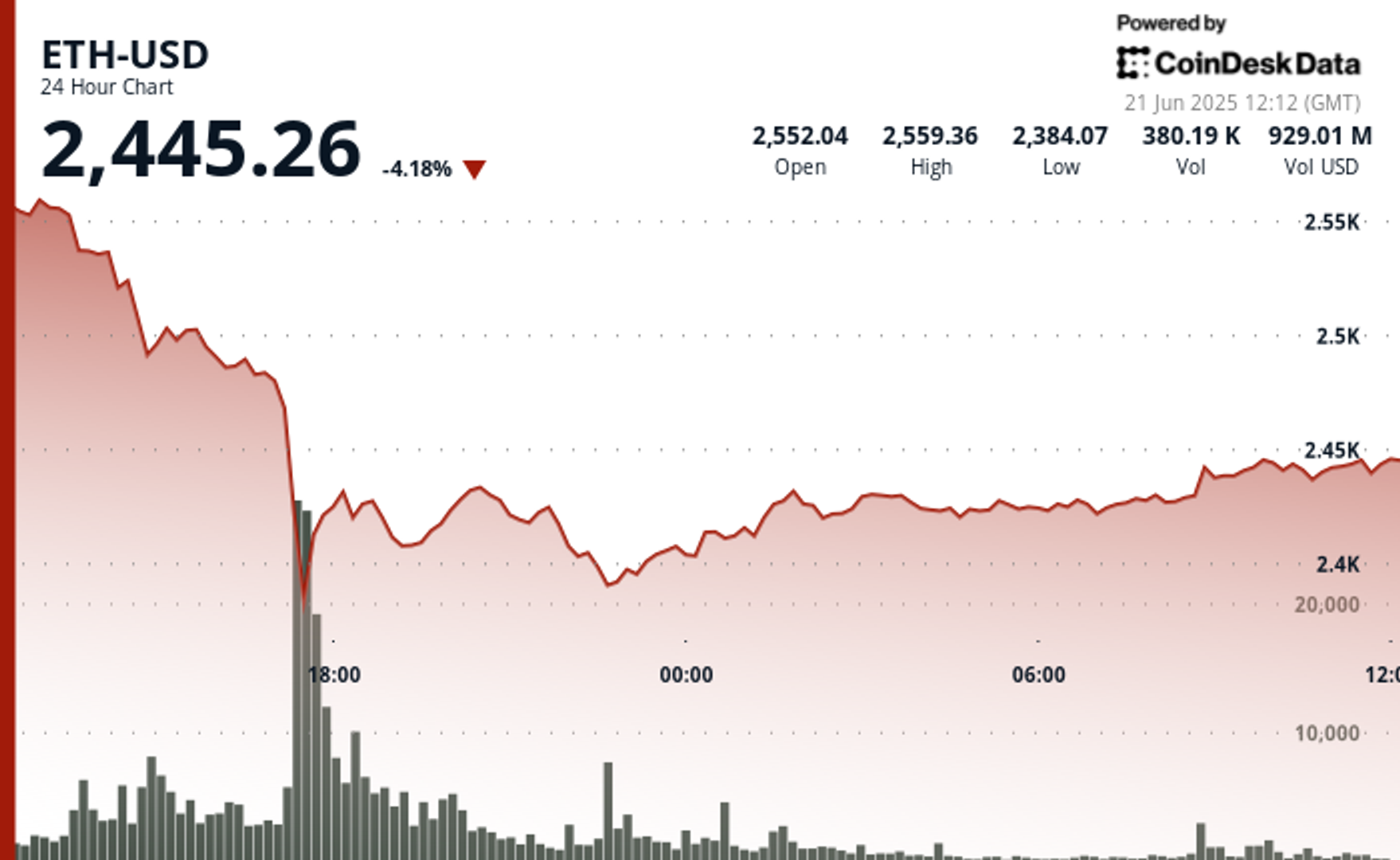Stablecoin to settle $5 trillion and challenge SWIFT in 2026 amid $3.3T July volume

Stablecoin rails are on pace to challenge incumbent cross-border networks by 2026, as monthly on-chain dollar settlement already runs in the trillions and merchant access widens through mainstream processors.
Per RWA.xyz’s live dashboard, stablecoins moved about $3.3 trillion on chain in July, with roughly 39.7 million monthly active addresses, while total stablecoin value sits near $259 billion.
The crossover case rests on three levers. First, payments access is improving. Stripe said it has reintroduced crypto payments, starting with USDC on Solana, Ethereum, and Polygon, putting stablecoins back into standard checkout flows with further feature rollouts in 2025.
Coinbase and PayPal followed by waiving fees on PYUSD conversions on April 24, and the integration enables merchant settlement in PYUSD instead of card rails.
Second, off-ramp costs are falling on Ethereum L2s after Dencun and the Pectra blob-capacity increase, bringing median rollup transaction costs down to the low-cent range, per Galaxy’s post-4844 analysis and subsequent blob-market update, and real-time fee trackers show sub-dime sends on major L2s.
Third, cash-like yields on tokenized T-bills are becoming a pull factor for treasury and fintech flows. RWA.xyz’s treasuries panel shows on-chain T-bill value around $7.0 billion, and Securitize said BlackRock’s BUIDL fund surpassed $3 billion AUM in June.
Framing the benchmark matters. Visa’s 2024 10-K cites $16 trillion in total payments and cash volume, while SWIFT materials reference roughly $300 billion a day on gpi for capital-markets flows, illustrating how legacy networks aggregate large-value transfers across use cases.
Modeling future stablecoin payments
Stablecoin payments are not a like-for-like series with either, so a scenario lens is more useful for a 2026 crossover narrative than headline comparisons of raw totals.
A simple forward model anchored to observable drivers produces a $3 trillion to $5 trillion 2026 payments-settlement range.
Assume monthly active addresses compounding 2% to 3% month over month as merchant rails broaden through Stripe and fee-free PYUSD conversions, average payment ticket in the $400 to $1,200 band as remittance and B2B use normalizes, off-ramp penetration to mainstream accounts rising via processors and exchanges, and L2 costs staying near post-Dencun levels.
| Scenario | Active Addresses (M) | Txs/User/Month | Avg Transfer ($) | “Clean” Share (%) | Annual Transfer Volume ($T) | Annual Settlement ($T) |
|---|---|---|---|---|---|---|
| Conservative | 80–100 | 2–3 | 300–600 | 25–40 | 4.0–6.8 | 0.4–1.7 |
| Base Case | 120–150 | 3–4 | 500–900 | 35–55 | 7.0–12.9 | 2.0–5.0 |
| Aggressive | 150+ | 4–5 | 800–1,200 | 50–65 | 14.0–21.6 | 5.0+ |
Apply a conservative haircut to exclude internal exchange churn, then scale by months and a 10% to 20% cash-out factor. Under those constraints, annualized end-user settlement clears $3 trillion in a base case and pushes toward $5 trillion if address growth and average ticket expand together.
Remittance costs also create a wedge, with the World Bank’s RPW citing a 6.26% global average as of March 27. This leaves room for stablecoin rails to compete on price, speed, and transparency.
Macro tailwinds strengthen the floor. The U.S. GENIUS Act, now law, requires fiat-backed reserves and monthly disclosures, reinforcing dollar-stablecoin credibility and, by extension, demand for short-dated Treasuries that sit behind many tokens.
On costs, Galaxy’s work shows rollup fee revenue fell while margins improved after 4844, consistent with sustained low end-user fees as capacity grows.
On acceptance, PayPal cites tens of millions of merchant relationships in filings and industry trackers, which, combined with Stripe’s return to stablecoin checkout, extends distribution beyond crypto-native channels.
The 2026 crossover is less about displacing SWIFT or cards and more about stablecoins absorbing specific corridors where speed, cost, and 24/7 settlement are binding constraints, with on-chain volumes already ample, fees compressed by L2 upgrades, and regulatory clarity catalyzing merchant and treasury adoption.
The post Stablecoin to settle $5 trillion and challenge SWIFT in 2026 amid $3.3T July volume appeared first on CryptoSlate.
What's Your Reaction?
 Like
0
Like
0
 Dislike
0
Dislike
0
 Love
0
Love
0
 Funny
0
Funny
0
 Angry
0
Angry
0
 Sad
0
Sad
0
 Wow
0
Wow
0









































